(iPhone 6)










(iPhone 6)




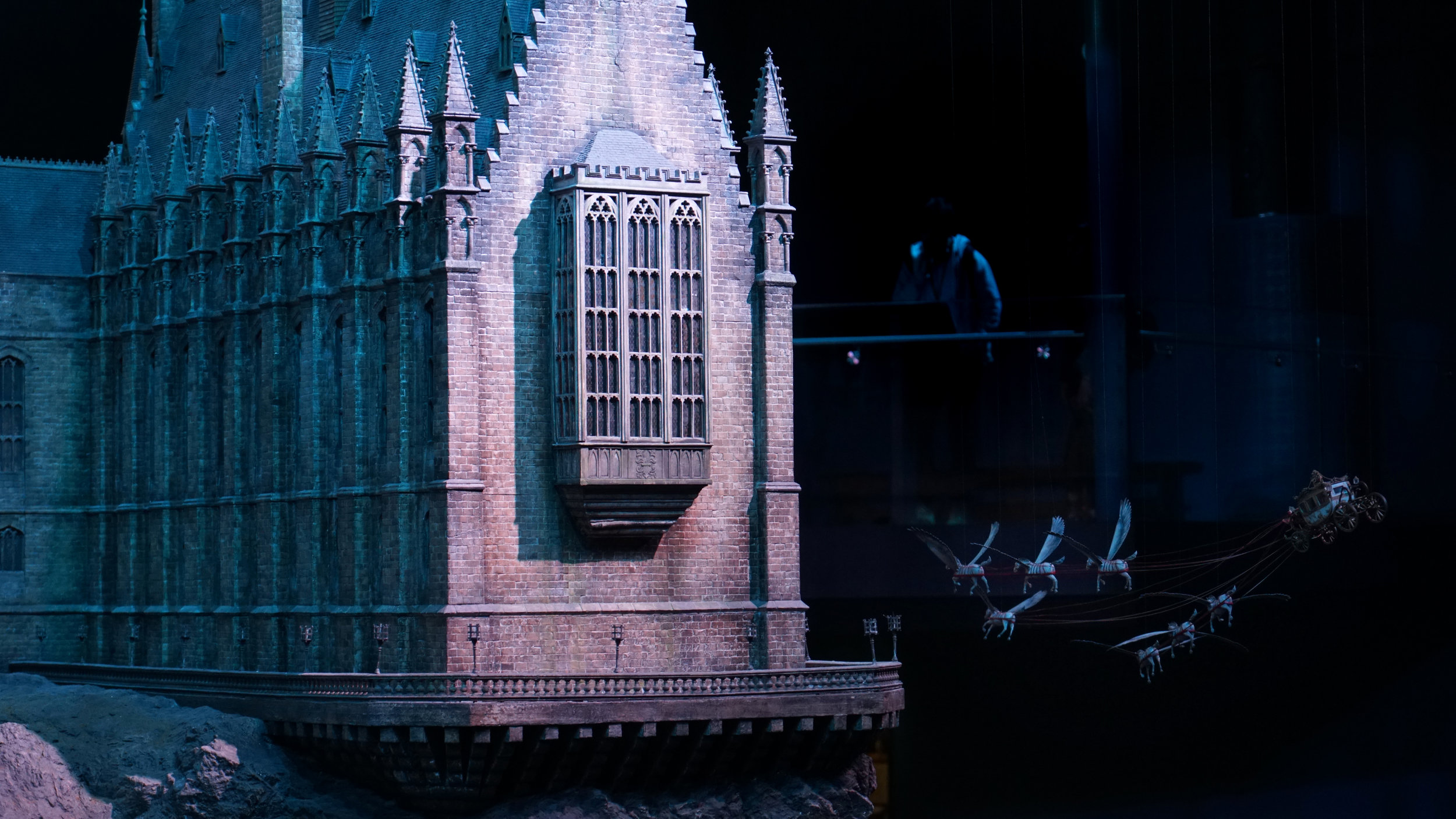
















As an American, I often found myself thinking of Europe as this monolithic entity. It's small compared to the other continents and the idea of being able to cross the borders of different countries in a matter of hours is endlessly astonishing coming from a place where you can drive all day and still be in the same country. When I was traveling last summer, some Danes teased this perspective. "Why do Americans always talk about Europe like it's one big country?" It's true, we make statements like "Europeans are so fashionable." "Europeans have better healthcare." "I'm interested in going to Europe because it's so old, there's so much history there."
The concept of "Europeans" feels much more united than thinking of "Americans" as including fellow North, Central, or South Americans. There's a stronger continental identity surrounding Europeans, which I think makes it easier for outsiders to blend them together, ignoring the national and cultural identities that make "European" feel like a too-vague blanket term.
Maybe it's because the United States is so large... State lines are often crossed without acknowledgement or effort and, for many, the idea of crossing borders only conjures images of the miles of desert, wilderness, rivers, and walls that divide the US and Mexico. Borders are contentious in the United States and while we only have two that sandwich our country, they are places of conflict, violence, and debate.
Compared to Europe, United States is geographically (and increasingly politically) isolated. There's Canada to the north, Mexico to the south, and the Atlantic and Pacific to the east and west. Whether over land or sea, it's a long journey to cross our borders. And for many Americans, crossing borders is not a regular occurrence. So, not surrounded by borders that can be crossed in hours by train or car or plane, it's easy to slip into viewing Europe as "EUROPE" - a singular place and not a patchwork of diverse people and places.
These thoughts were with me this summer, especially since I had the opportunity to visit several different countries on the European continent. I flew into London before making my way to Spain and was struck by the difference between the two places. Without seeing any people, the architecture alone suggested varying weather conditions, cultural attitudes towards aesthetics and design, and the history of the places themselves- reflecting the age when a city flourished or, in the case of some newer buildings, that war necessitated rebuilding.
I spent the summer looking up wherever I visited. From the colorful facades in Oviedo; laundry out to dry and flags supporting Catalan independence draped over balconies in Barcelona; newer apartment buildings in Berlin hinting at the destruction of World War II, while buildings both old and new were washed in graffiti; decorative metalwork formed balconies framing the windows of Parisian apartments, overlooking tree-lined boulevards and crowded streets; to the blackened warm-hued stone of Glasgow's Victorian buildings, reminding of an industrial past.
These images snapped by phone are informal chronicles of these unique places. They're certainly not the best photographs I took during my travels, but I love how looking at them together speaks to the distinct cultural and historical identity of each city. That by looking at these buildings, all of which vary in style or design, there is no mistaking Europe for anything but a continent of borders, a place made up of countries that vary drastically (sometimes even within a country), while simultaneously each serving to represent the larger idea of Europe itself.





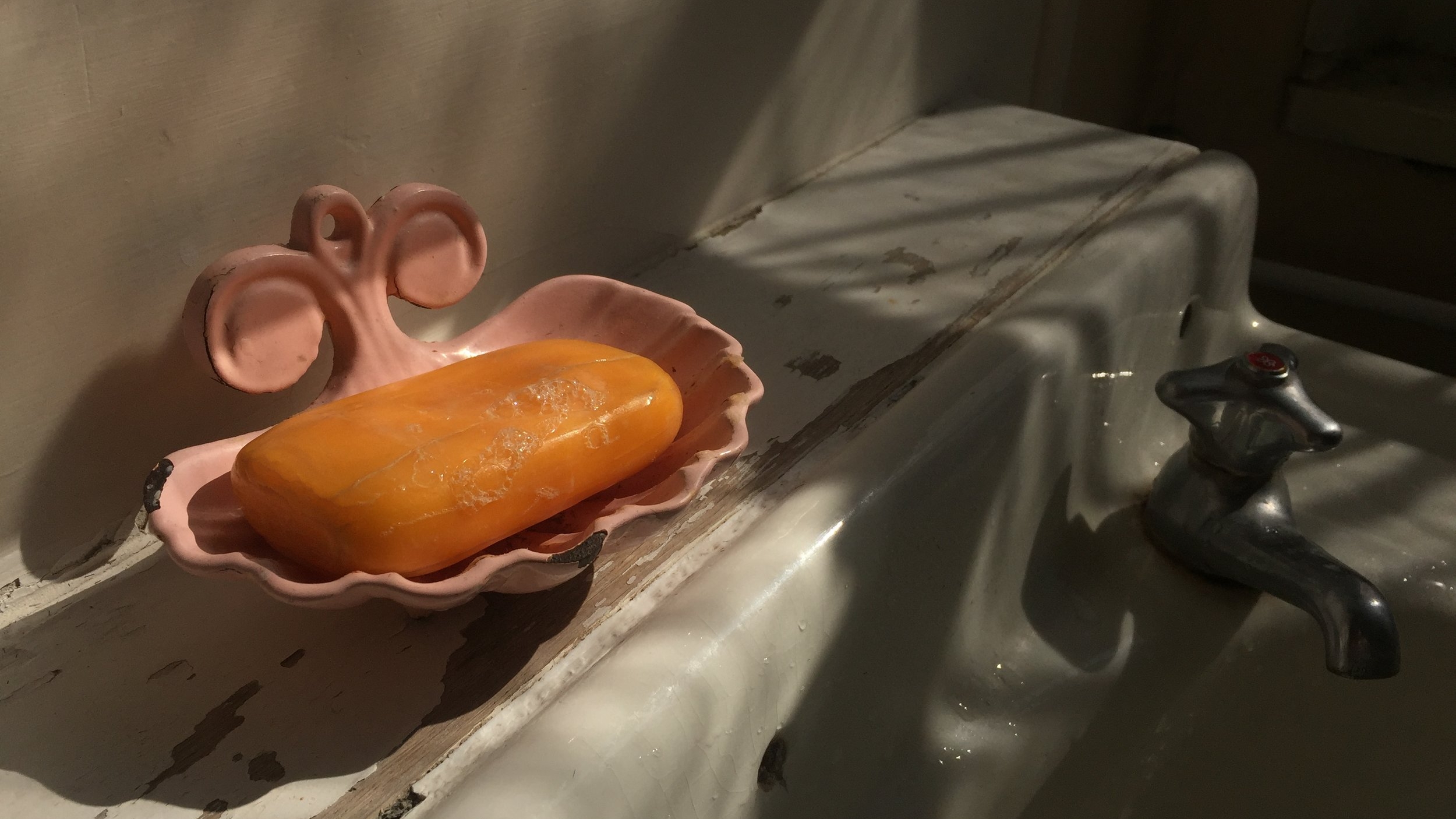















Paris rush hour and a delayed train from Gare du Nord had me arriving in Pont Sainte Maxence two hours late. 8:30 on a Friday night is not an ideal time to arrive in the French countryside with a stuffed backpack, a limited French vocabulary, and no car.
I was eager to reach my destination, the familiar chateau in Sacy Le Petit, where I had worked in the garden almost exactly a year prior. I was eager to see the peeling sea foam green shutters, step into the cool smell of the house, to flop into the embrace of a hammock strung between two trees... After traveling for a couple weeks through new environments, it was finally time to settle into familiar spaces and routines, to return to this house I had developed a fondness for a year ago.
Pont Sainte Maxence is the largest (a term used loosely) town in an area made up of villages and farming communities where rows of crops stretch in green expanse between the clusters of small stone homes. While only three and a half miles from Pont Sainte Maxence, it's not easy to get to Sacy Le Petit. A bus runs a couple times a day, but my tardy arrival had caused me to miss the last bus for the night. A taxi idled near the entrance to the train station and I attempted to string together a request for a ride. The taxi was already booked and waiting for its passenger and, despite the efforts of the driver, I discovered that taxis in this part of the world were more pre-hired car than on-the-fly service.
So I walked. The sun set as I tramped along the highway, first consulting Google Maps before abandoning it to rely on my own memory of the route, recalling Hermine's crinkled map of the village with each house drawn as a tiny square. I ended up wandering into a rainstorm, which soaked me for the remainder of the journey, but I was glad to be somewhere known.
My time in Sacy Le Petit was almost like reliving the previous summer. I pulled the same stubborn weeds from the same areas of the garden. I sowed seeds into earth mixed with compost. I sat on the hammock and devoured books.
In the center of Sacy Le Petit is the church. A bell tower extends towards the sky, each of its sides bearing a clock. From behind the walls bordering the chateau, the tower is visible and, from the places when the clock face hides behind tree branches, the tolling of the bells can be counted every hour and half hour. Time has an inescapable auditory and visual presence in Sacy, but for me the joy of this place is the timelessness I feel when I'm there. At home, free time is a scant resource and since it is limited, it's precious. I often find myself fretfully thinking about what I'm doing at every moment of these free days or hours. "Am I using my time efficiently? Am I just wasting time? Could I be doing something else, something more useful?" With this mentality, projects and checking items off lists feel like accomplishments of mastering time, while reading a book becomes an unaffordable leisure.
Yet, at Sacy, similar to my family's cabin, time may be ever-present, but it is less consequential. Getting up in the morning, I'd eat some breakfast, put out the bag on the front gate for the bread delivery, and work in the garden- weeding, sowing seeds, clearing new plots of land for future crops. Midday, when the sun shouted from its high point in the sky, I'd rest or read or write, savoring this "idle" time. With no obligations beyond the garden, I could simply enjoy the passing of time and spend it without pressure.
This sense of passing time manifests itself not just in the tolling of the church bells, but in the light. White hot rays scald the earth in the afternoon. Golden light laps the fields as the sun finally begins to dip and eventually fades into pastel swirls of pink and purple as dying light mingles with the clouds. The day goes by and the light changes and time passes without judgment.



Isle of Lunga, Treshnish Isles + Ardtornish, Scotland (iPhone 6)











Isle of Staffa / Isle of Lunga, Treshnish Isles / Tobermory, Isle of Mull / Ardtornish / Lochaline - Scotland




(Sony a7r, iPhone 6)




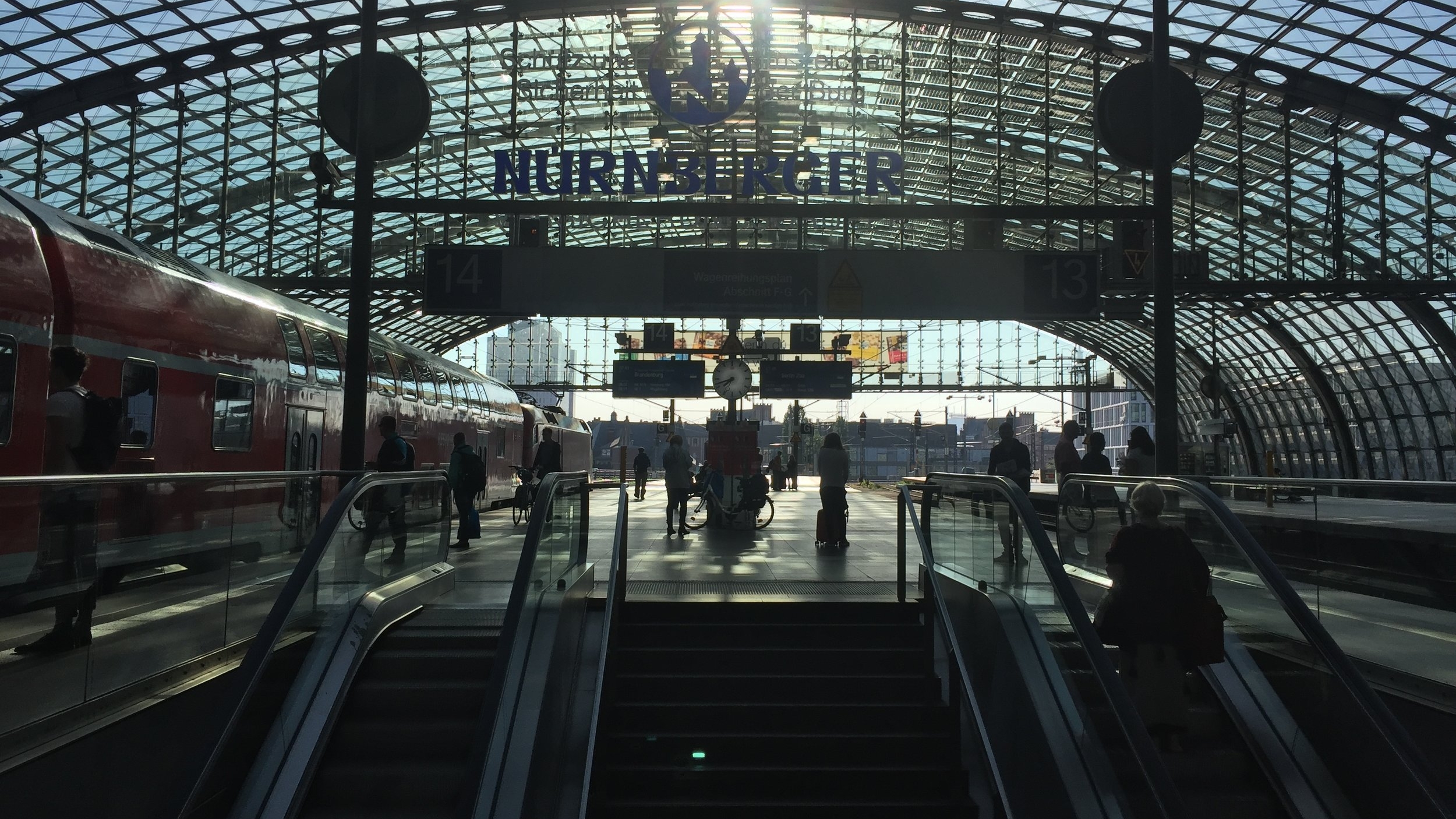







(Sony a7r, iPhone 6)












(Sony a7r, iPhone 6)




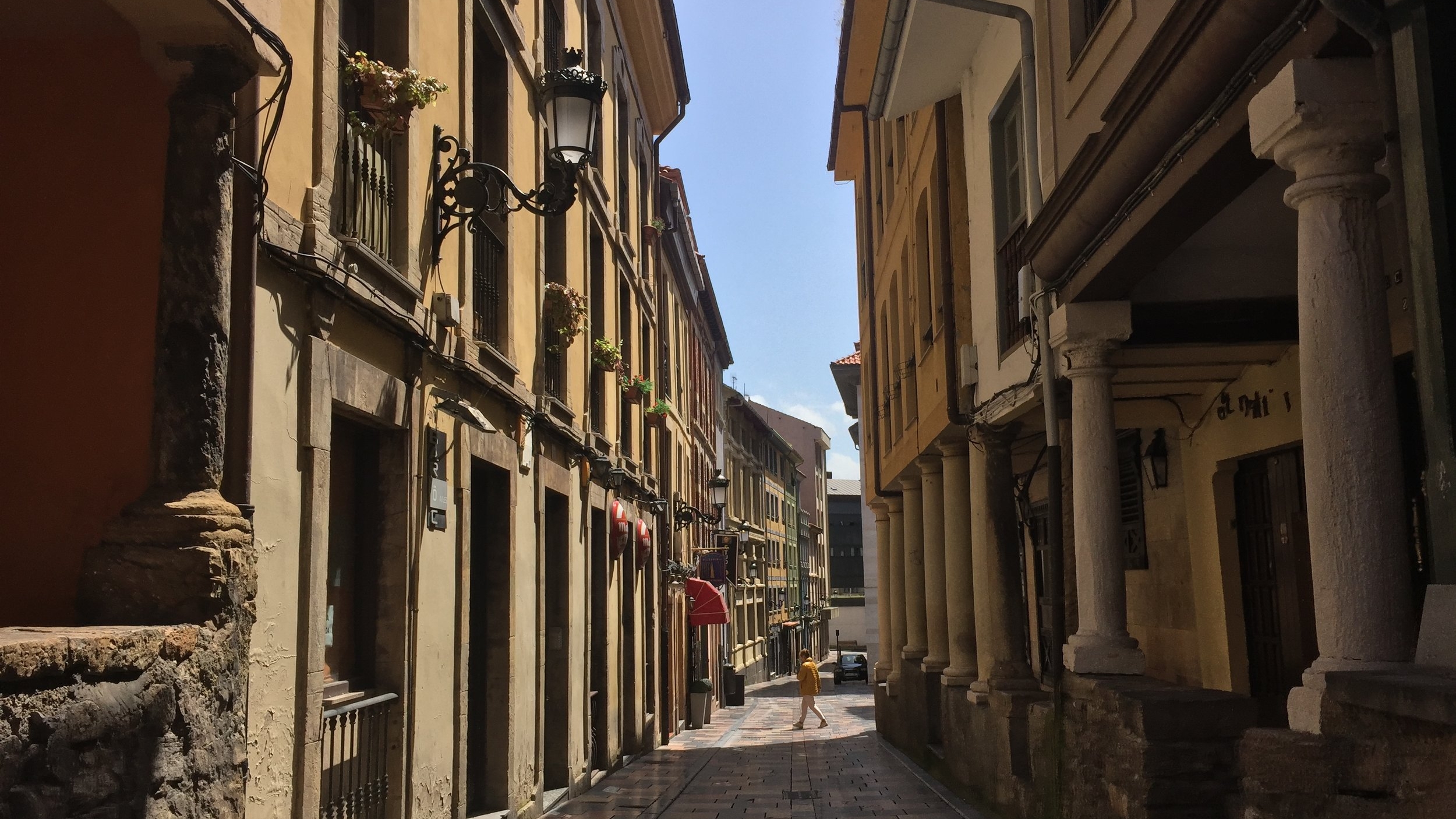


Oviedo / Aviles / Gijón
(Sony a7r, iPhone 6)
,








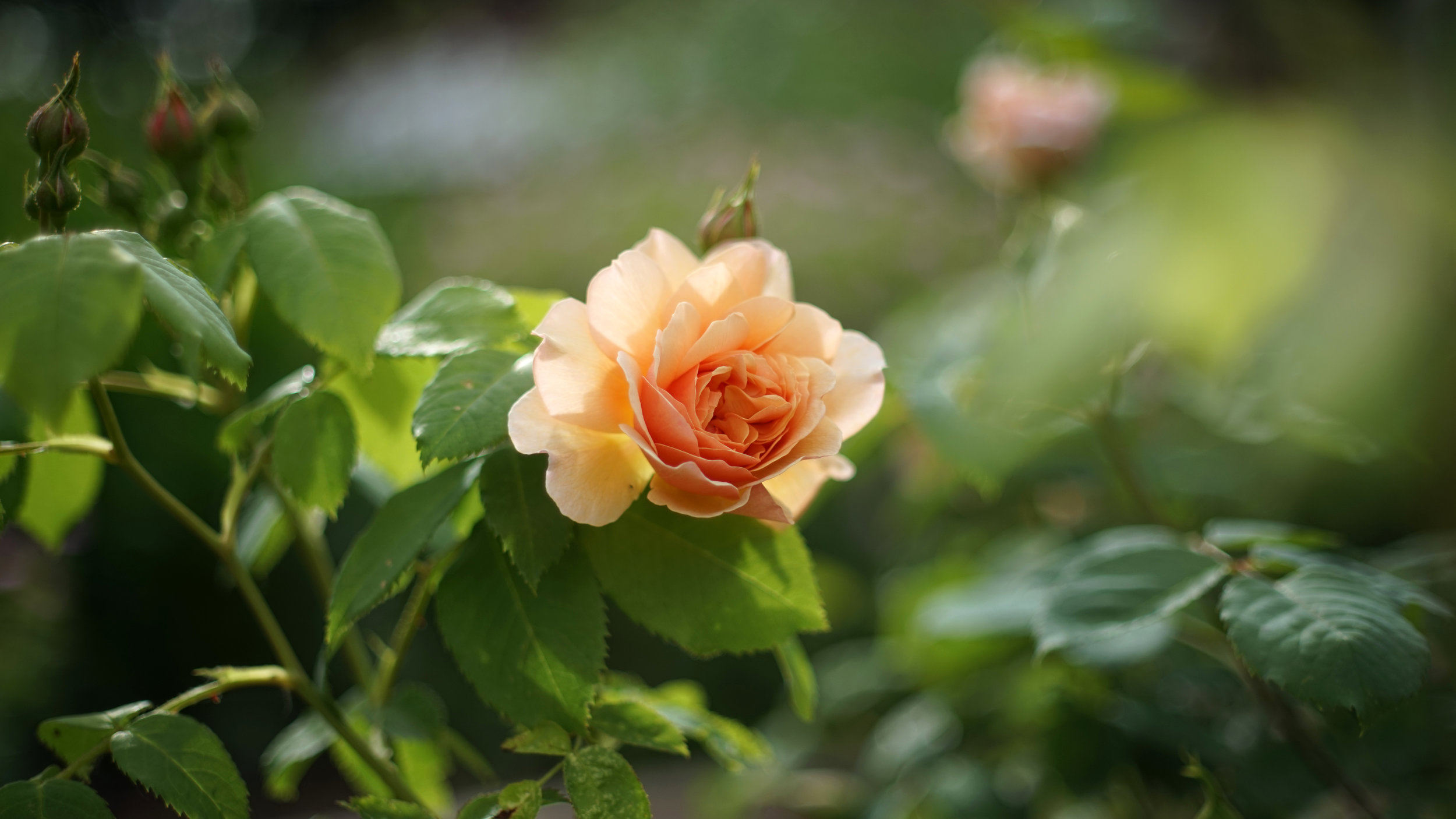







I often find myself leaning towards the opinion that flowers are easy subjects for amateur photographers- they're already pretty, so how much more work could there be in making them any more interesting or beautiful? Yet, despite my bias, I still find myself photographing flowers and other garden wonders.
Many of the images I capture favor shadows and strong contrast, where the light is the defining element of the image. With flowers, the lighting becomes secondary to the colors and textures of the subjects. How do you capture the softness and delicate pinks of a rose? The boldness of a recently ripened cherry? Seeking out the best angle to capture petals, leaves, dangling fruit, or drops of dew often involves a series of yoga-like crouches, squats, and cranes in attempt to showcase the details that can only be observed by looking closer. I don't think any photograph quite does justice to these creations of nature, but as someone who doesn't always consciously think about color, photographing plants is a reminder of the incredible palette available and the expressiveness of color. Some may consider flowers easy subject matter, but who doesn't want to capture a little beauty?















Some scans from a roll of film from last summer. I'm a bit disappointed by the results... Not too happy with the scan quality + focus issues + generally not a fan of this film stock. It's a bit too contrasty for my taste. I like shooting black and white, but these have a grainier, grungier look that I'm not partial to






I traveled to Cuba during the summer of 2011. I brought a video camera and recorded moments from the trip, but the only still photography camera I brought was my Holga. I had been working on this particular roll of film for a few months (I'm slow when it comes to shooting film...) and it had traveled around Minnesota, Boston, and Illinois with me before coming to Cuba. When the negatives came back from the lab, I was a bit shocked and disappointed. Earlier shots on the roll were clear and crisp, but these images from Cuba- the only photos I had taken- looked like ghostly, motion blurred depictions of the places I had seen.
The negatives sat in a box for years, until I rediscovered them this winter. There's something intriguing about the images- they have a haunting quality, but also capture the busyness and movement of Cuba's cities. Maybe I'm trying to defend these mistakes, but I'm not so ashamed of these photographs anymore.









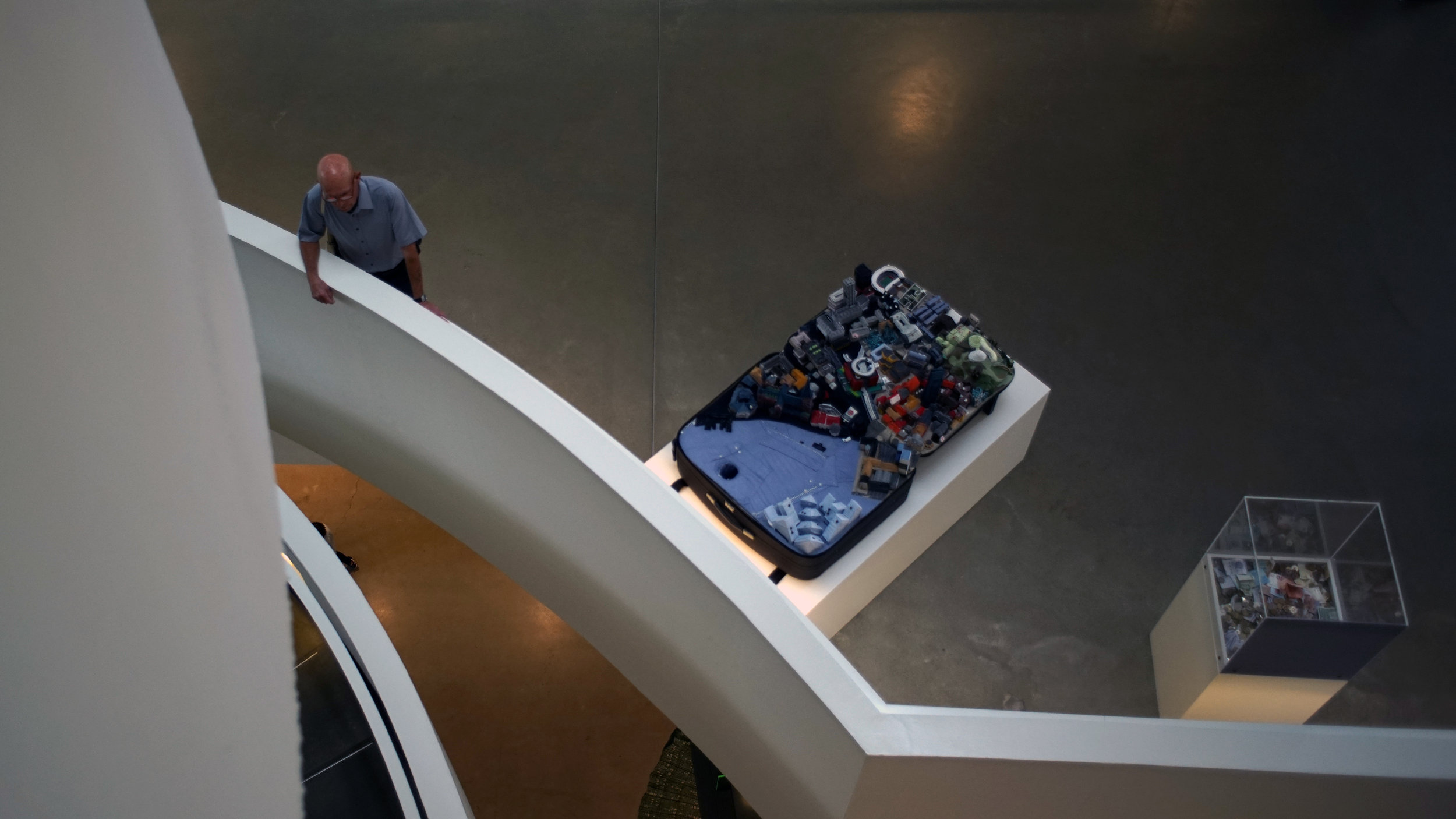
Observations of strangers while traveling solo


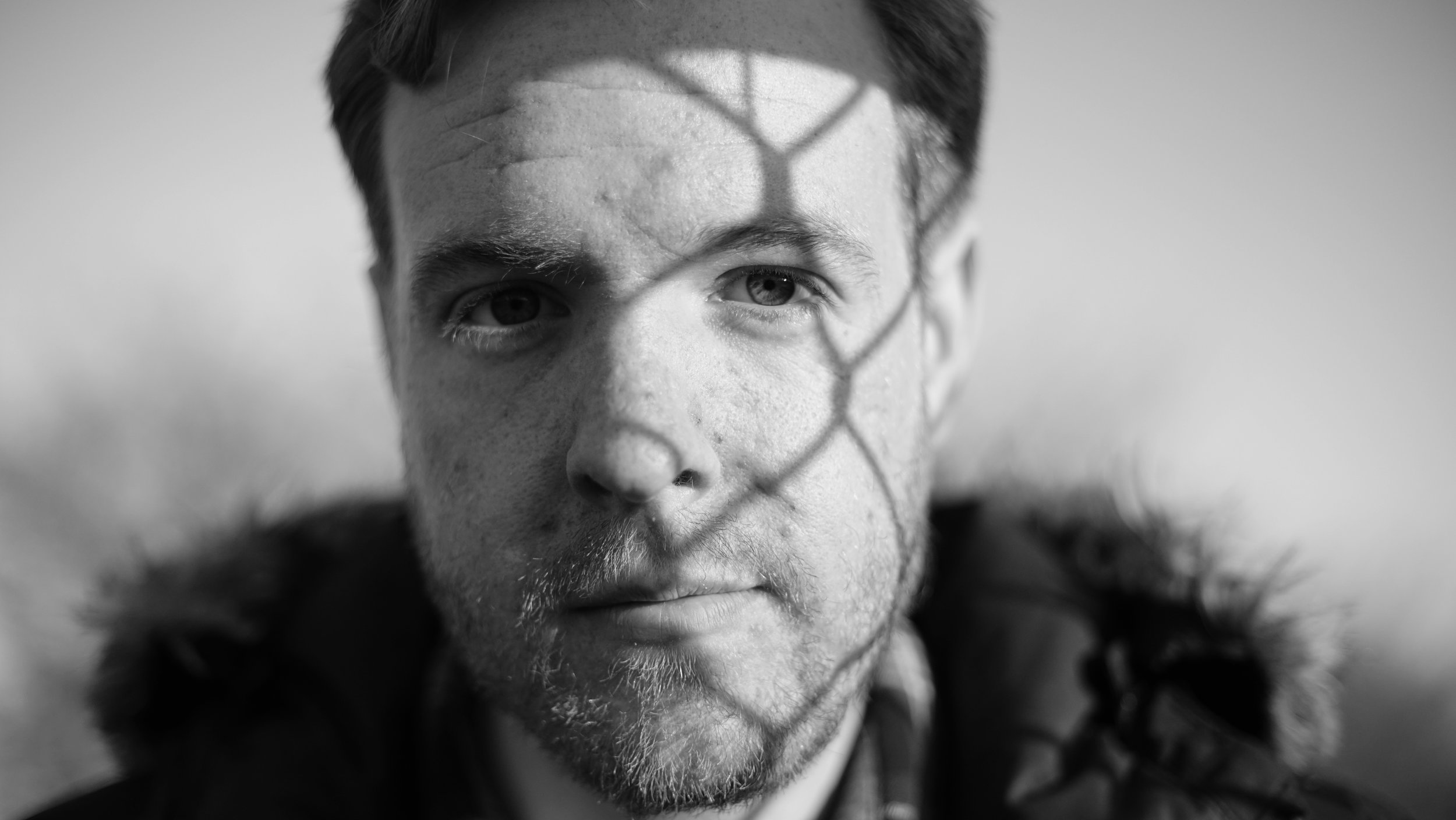




Finally getting some Spring-like weather in Chicago after a seemingly never-ending winter. Some shots from a photo walk; hopefully one of many more attempts to get out and shoot more.











December in southern California

An almost-silhouette. I love the crispness of the edge light. It's also pretty incredible how our eyes so easily catch light. Even with my head slightly angled towards the light, my eye was able to pick it up. The eyeball edge sort of has an eeriness to it...
For me, there's no better way to observe light than in my own home. I can track the movement of the sun over the course of hours, days, seasons... After moving into a new apartment a few weeks ago, I've found myself delighting in how the sun shines through a particular window or how it perfectly hits a patch of floor or wall.

Didn't quite nail the focus on this one... This flat, frontal lighting with a 1:1 ratio is such a stark difference from the more dramatic and contrasty light of the other photos
The other morning, after days of nonstop unpacking, painting, and organizing, I went to put something in the bathroom and noticed a glow through the semi-transparent shower curtain. I pulled it back to reveal light flooding through the geometric patterns of the privacy glass window. The expression "find your light" came to mind as I immediately felt the light hitting my face. Stepping back away from the window, I peered into the mirror and marveled at the way the light illuminated me among the freshly painted dark grey walls. Turning my head at different angles, the light shifted from a contrasty side light illuminating half my face, to a 3/4 key- molding over the bridge of my nose and catching both eyes.
I'm fascinated with capturing light (as I've mentioned before...), but being able to experiment with a human subject enables me to see how the light interacts with a person and- usually- makes for a more interesting photo. With no one else in the house, I stepped away from unpacking and initiated an impromptu self portrait photoshoot. It took me a minute to dig out my camera from the pile of stuff still to be unpacked, but finding it, I threw it up on a tripod and positioned it in various corners of the bathroom, using my best judgement on the angle of the camera and the focus (none of the lenses I own have autofocus, which makes for an interesting guessing game when there's no one behind the camera) and turning on the camera's self timer.

Not completely front lit...
For lack of a better phrase, it was cool to see how the light changed so dramatically based on the position of the camera and myself in relation to the light. It's basic lighting technique- like of course you're going to get a silhouette when you place the subject against the light or that the subject will have a flat front light when they face the light directly- but being able to play with these drastically different looks from a single, unchanging source (sunlight through a window) was a lot of fun. It was a great reminder for me of how flexible a single source can be and how simple it is to create a totally different mood by simply shifting the camera or the subject.

Playing with shooting through the mirror- really dig the dual reflection

Now for a little self reflection (pun intended)...
Like many people who grew up amidst the growing prevalence of digital cameras, I have been taking photos of myself since my family got a point-and-shoot when I was in elementary school. I've written about self portraiture before; while it's something I've been doing forever, it usually remains a private medium.
I find it natural to step into the light and position myself- to angle my head just so, to tilt my chin this way or that- to be both photographer and subject. The simplicity and immediacy of being able to step into the here and now to create an image is one of the reasons I love taking self portraits. As cliche as it sounds, the process of inhabiting a new space is a chance for me to literally see myself in a new light.
However, the idea of introducing a viewer makes me uneasy and I find the idea of sharing images of myself- created by myself- uncomfortable. But... comfort zones were made to be pushed and so I'm sharing these results of experimentation here. Please forgive me for the abundance of my face....

Staring into space. Love the eye light and the molding of the light around both sides of my face.

doors and doorway reflections

Driving through rippling fields, there’s a turnoff onto a dirt road that leads into the center of this maze of a town- Sacy Le Petit. Across from the church, whose bell rings promptly on the hour, there’s a house behind a gate, walled off from the rest of the village. A pebble drive leads up to the house and curves down towards a courtyard. Windows dot the outside of the house, or really chateau, each bordered with pale sea foam green shutters.
The Chateau de Sacy has been in Hermine’s family for generations. One afternoon, after lunch, we’re sitting in front of the house and I ask her how much things have changed in the decades her family has lived at the property. She pulls out an album from inside and flips through pages of photographs, pointing out great-grandparents, her mother, and a relative who died tragically. I see photos from her wedding, which was at the Chateau, back in the 60s. No longer there in present day, I can make out tidy rows of blaring yellow and red flowers in the background, which she comments on with distaste.

doors of Sacy

Waist-high hedges form pathways through the garden. Back behind the house, aside from the tolling of the church bell, the garden feels entirely removed from the rest of the village. No sign of other people or houses- just flowerbeds, plots of vegetables, and quiet wooded trails at the edge of the garden.
The light is beautiful in this place. At golden hour, light filters through the tree branches and dappled light spreads over the paths. If you peek over the back wall, warm dying sunlight laps at the waving fields.
Inside too. Some modern touches in the coffee maker and fridge, but the house feels timeless in an antique way. The warped floorboards creak with every step and the mirrors’ coatings are mottled with brown spots. While the house is old, there are touches of Hermine’s artistic flair in the bright blue doors and cream-colored walls. As the light changes throughout the day, it crosses doorways and ripples through the windows’ aged glass panes, warming spots on the walls and floor, the kitchen table and attic bed.

distorted reflections

hallway self portrait

The weather was gorgeous in Chicago this weekend- 60s in February?? And while this abnormally warm weather has me worrying about climate change, I'll guiltily admit that I'm a Midwesterner who has never been a fan of winter. If I choose to live in the present, ignoring a warmer and wetter future, this weather more characteristic of late spring has got me smiling.
I've always thought summer is one of the best times in Chicago because after a brutal winter, we greet warm days and sunny skies with so much more appreciation. This goes for those rare warm days before spring has officially sprung- when temperatures rise above freezing and people decide it might just be warm enough for shorts. People head outside in droves, eager to enjoy a bit of sunshine and weather that doesn't require a parka.
I went downtown and wandered from the river walk to the skyscrapers of the Loop. It was mid afternoon and the sun peeked around the buildings, whose towering stone and glass frames left geometric cutouts for the light to pass through. Beams of setting sun passed between the buildings, illuminating sections of busy parks and sidewalks, creating an almost surreal picture where some people were in shadow and others were silhouetted by the golden edge of the sun. It's beautiful how the light wraps around the buildings, finding the crevices to pass through, and reflects off the glass of skyscraper windows, bouncing onto neighboring buildings. In the city, a little bit of light goes a long way...
I'll apologize as usual for the quality of the images attached to this post, however, I challenged myself by taking only my 35mm camera with me on the walk downtown. I had a partially shot roll loaded in the camera and decided that any photos I took would be shot on film (and the occasional phone snap). It's a practice I need to try more often. I love shooting film, but too often I am beguiled by the instantaneous nature of digital photography. I can shoot a million pictures, upload them to my computer, and post them immediately. I've been attempting to get in the habit of taking more photographs (hence the- somewhat- more frequent posts on this blog and on instagram), but it could be a nice addition to force myself every once in a while to commit to only shooting film. I'm always pleasantly surprised after I develop a roll from months earlier, so why not do it more often? Now I just have to find a place to get good scans... So for now, a few shots from my phone and maybe in a few weeks I'll have some 35mm shots to share!



We stopped by a small park north of Millennium Park and as we were leaving to go back into the heart of downtown, we had to climb up this staircase to get up top. This picture doesn't do the shape of the structure justice, since the stairwell was a huge concrete circle (more of a rounded polygon??). I loved the pairing of the straight lines running vertically with the curved blob that circles the top of the structure. The total concrete look reminded me of something out of a sci-fi movie and I loved how the red jacket popped amongst the grey of the concrete. It'd be cool to shoot a short scene in this location...